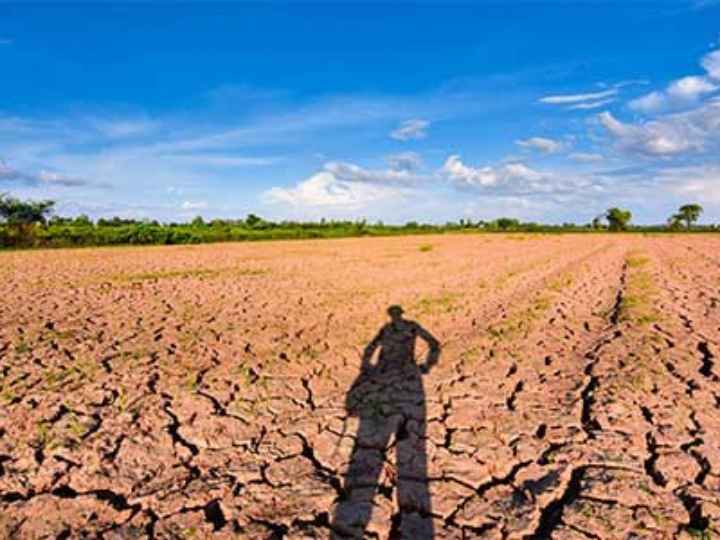
University of Houston researchers are developing a program to teach small-scale, underserved and limited resources (SULR) farmers how to improve their crop production by reducing greenhouse gas emissions and increasing carbon removal.
The work is supported by a nearly $5 million grant from the US Department of Agriculture (USDA) Natural Resources Conservation Service. Researchers will partner with colleagues from Prairie View A&M University, Texas A&M University and Michigan Aerospace Corp. to study how best to implement a Climate-Smart Sustainability Certificate program for SULR farmers. UH research projects will receive almost $700,000.
“These farmers are the most disadvantaged in the current agricultural system and most vulnerable to the negative impacts of climate change,” said Abdul Latif Khan, assistant professor in the UH College of Technology’s Department of Engineering Technology.
The study will allow the USDA to track the success of Climate-Smart farming practices. The team will quantify the benefits and costs of growing specialty crops under precision technology-assisted climate-smart practices and compare them with conventional production practices. In addition, the study will provide information on sustainable farming practices.
“Climate changes hinder the desired natural plant productivity and threaten food security,” said Venkatesh Balan, associate professor of engineering technology at UH. “For example, higher temperature stress will significantly limit plant growth, biomass and yield. It also influences soil health and moisture flux.”
According to Khan, estimations are that an increase of 3-4 degrees (Celsius) would reduce plant productivity by 15%-35% before the end of the 21st century.
Through this project, the researchers from partnering institutions will collect data on three central Climate Smart interventions that sequesters carbon dioxide – silicon, algae and rock powder. In addition, SULR farmers will learn practices like adding rock dust to the soil to speed up the chemical reactions that sequester carbon.
The project will also focus on existing practices that protect the soil from erosion, pests, weeds and diseases, while increasing soil fertility and reducing greenhouse gas emissions. When the harvest is over, crop cover will be grown to protect the soil from erosion. In addition, farmers will employ new water management practices and reduce soil tilling.
“The results of these interventions and strategies will educate SURL farmers and encourage them to implement climate-smart production practices on working lands,” said Ram Ray of Prairie View A&M University, a partner in the project.
“We will measure, monitor, report and verify the carbon and greenhouse gas reduction benefits,” added Xiaonan Shan, assistant professor of electrical engineering at UH Cullen College of Engineering.
The team will share results with farmers to provide data-driven evidence in support of adopting climate-smart practices.
“Farmers will be given incentives at a specified rate for practicing interventions during the duration of the project,” Ray said.
The team believes farmers will embrace Climate-Smart sustainability practices when they see the increased crop production that results from their efforts.
—Dennis Spellman